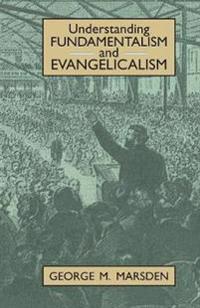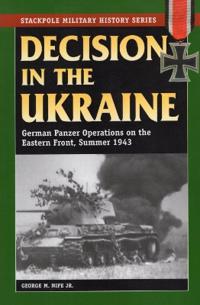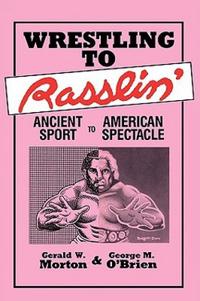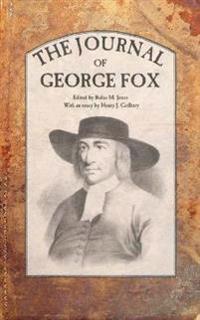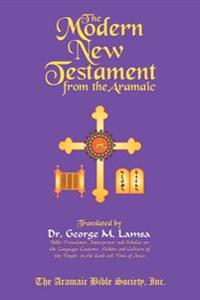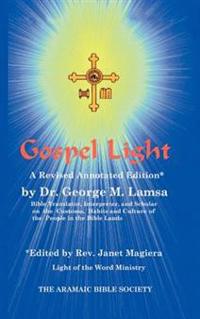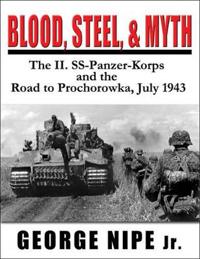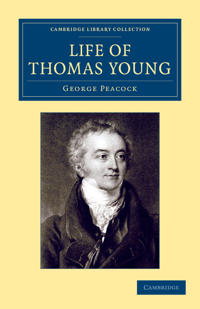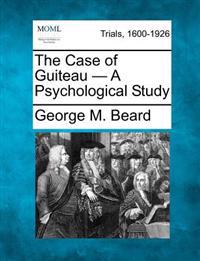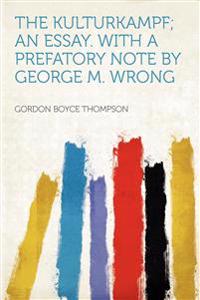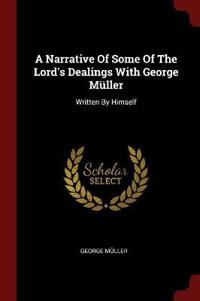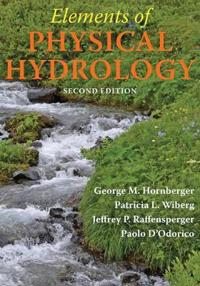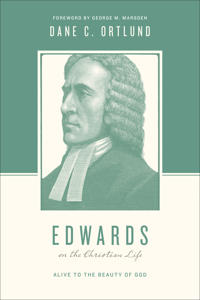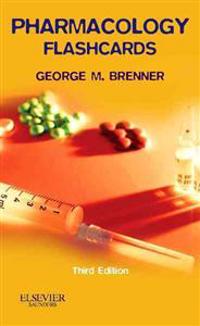Rapid Instructional Design: Learning ID Fast and Right (Häftad)
avGeorge M. Piskurich
ISBN: 9780787947217 - UTGIVEN: 2000-02-29Preparing Learners for e-Learning (Inbunden)
avGeorge M. Piskurich
ISBN: 9780787963965 - UTGIVEN: 2003-03-31Getting the Most from Online Learning: A Learner's Guide (Inbunden)
avGeorge M. Piskurich
ISBN: 9780787965044 - UTGIVEN: 2003-09-30Rapid Instructional Design: Learning ID Fast and Right, 2nd Edition (Häftad)
avGeorge M. Piskurich
ISBN: 9780787980733 - UTGIVEN: 2006-06-30Elements of Physical Hydrology (Pocket)
avEshleman, Keith N, Hornberger, George M, Raffensperger, Jeffrey P, Wiberg, Patricia L
ISBN: 9780801858574 - UTGIVEN: 1998-06-24The science of physical hydrology centers on the physical principles involved in the study of the occurrence and movement of water on and beneath the earth's surface. Because of its far-reaching implications for other disciplines, physical hydrology is of interest to students in fields ranging from [...]
Understanding Fundamentalism and Evangelicalism (Häftad)
avGeorge M. Marsden
ISBN: 9780802805393 - UTGIVEN: 1959-01In this historical overview of American fundamentalism and evangelicalism, Marsden provides an introduction to the growing religious movements and a deeper analysis of two themes that have been especially prominent and controversial in these traditions views of science and views of politics.[...]
Decision in the Ukraine (Pocket)
avGeorge M., Jr. Nipe
ISBN: 9780811711623 - UTGIVEN: 201208Myth-busting account of the summer of 1943 on the Eastern Front, one of World War II's turning pointsIncludes the Battle of KurskSpecial focus on the notorious 3rd SS Panzer Division "Totenkopf"[...]
Wrestling to Rasslin (Pocket)
avGerald W. Morton, George M. O'Brien, Gerald W. Morton
ISBN: 9780879723248 - UTGIVEN: 1985-06Wrestling to Rasslin' traces the roots of one of man's oldest competitive sports. Beginning in sporting bars in the late 1800s and graduating to Barnum sideshow tents, wrestling thrilled the world with such early athletes as William Muldoon and George Hackenschmidt. After World War II and the advent[...]
Expendable Glory: A Russian Battleship in the Baltic, 1915-1917 (Inbunden)
avNekrasov, George M
ISBN: 9780880335348 - UTGIVEN: 2004-06-11This is the dramatic story of how a single obsolescent Russian battleship named Slava, or "Glory," managed for more than two years during World War I to stave off the might of the German navy. Anchored in the Gulf of Riga and supported by a collection of gunboats and old destroyers from Russia's Bal[...]
M. C. Escher (Häftad)
avCyndie Campbell, George Escher
ISBN: 9780888849182 - UTGIVEN: 2014-03Maurits Cornelis Escher (1898-1972) is one of the world's most admired modern artists, his engravings and lithographs are immediately recognizable for their architectural explorations of infinity. From 1958 until his death in 1972, the Dutch artist wrote letters to his son George. This title deals w[...]
The Modern New Testament from Aramaic (Häftad)
avGeorge M. Lamsa
ISBN: 9780967598932 - UTGIVEN: 2004-03The Modern New Testament from Aramaic (Inbunden)
avGeorge M. Lamsa, Daniel Jon Mahar
ISBN: 9780967598970 - UTGIVEN: 2001-12Gospel Light: A Revised Annotated Edition (Inbunden)
avGeorge M. Lamsa, Janet Magiera
ISBN: 9780967598994 - UTGIVEN: 2002-07Blood, Steel, Myth (Inbunden)
avGeorge M. Nipe
ISBN: 9780974838946 - UTGIVEN: 201008George Nipe, author of "Last Victory in Russia" and "Decision in the Ukraine," has written a revealing and unprecedented re-analysis of the II.SS-Panzer-Korps' operations during the Battle of Kursk in the summer of 1943. Unlike all previous books on the subject, which refer almost exclusively to Rus[...]
Life of Thomas Young M.D., F.R.S., Etc. (Häftad)
avGeorge Peacock
ISBN: 9781108057363 - UTGIVEN: 201301Admired long after his death by the likes of Lord Rayleigh and Einstein, Thomas Young (1773-1829) was the definition of a polymath. By the age of fourteen he was proficient in thirteen languages, including Greek, Hebrew and Persian. After studies in Edinburgh, London, Gottingen and Cambridge he esta[...]
Rapid Instructional Design: Learning ID Fast and Right (Övrig)
avGeorge M. Piskurich
ISBN: 9781118973974 - UTGIVEN: 2015-02-04The Case of Guiteau - A Psychological Study (Häftad)
avGeorge M Beard
ISBN: 9781275087026 - UTGIVEN: 201202Robotics: Military Applications for Special Operations Forces (Pocket)
avGeorge M. Pierce
ISBN: 9781288257195 - UTGIVEN: 2012-11The Kulturkampf; an Essay. With a Prefatory Note by George M. Wrong (häftad)
ISBN: 9781290467261 - UTGIVEN: 2012-08A Narrative of Some of the Lord's Dealings with George M ller (häftad)
ISBN: 9781376345087 - UTGIVEN: 2017-08Elements of Physical Hydrology (Inbunden)
avGeorge M. Hornberger, Patricia L. Wiberg, Jeffrey P. Raffensperger
ISBN: 9781421413730 - UTGIVEN: 2014-10Among the many diverse aspects of environmental science, none is more critical to the future of society and nature than water. Understanding the role of water on Earth and making good decisions regarding water conservation and hydrological hazards depends on learning the fundamentals of physical hyd[...]
Edwards on the Christian Life (Pocket)
avDane C. Ortlund, George M. (FRW) Marsden, Dane C. Ortlund
ISBN: 9781433535055 - UTGIVEN: 2014-08Jonathan Edwards is widely hailed as the greatest theologian in American history. However, despite the recent surge of scholarship related to his life and theology, few books offer an accessible introduction to his understanding of the Christian life. In the latest addition to the Theologians on the[...]
Pharmacology Flash Cards (Pocket)
avGeorge M. Brenner
ISBN: 9781455702817 - UTGIVEN: 201210Straightforward and easy to use, Dr. George Brenner's "Pharmacology Flash Cards" are a ring-bound, color-coded, highly efficient way to review and retain important pharmacology information.[...]
The Salmon Fly: How to Dress It and How to Use It (1895) (Inbunden)
avGeorge M. Kelson
ISBN: 9781498170000 - UTGIVEN: 2014-08






